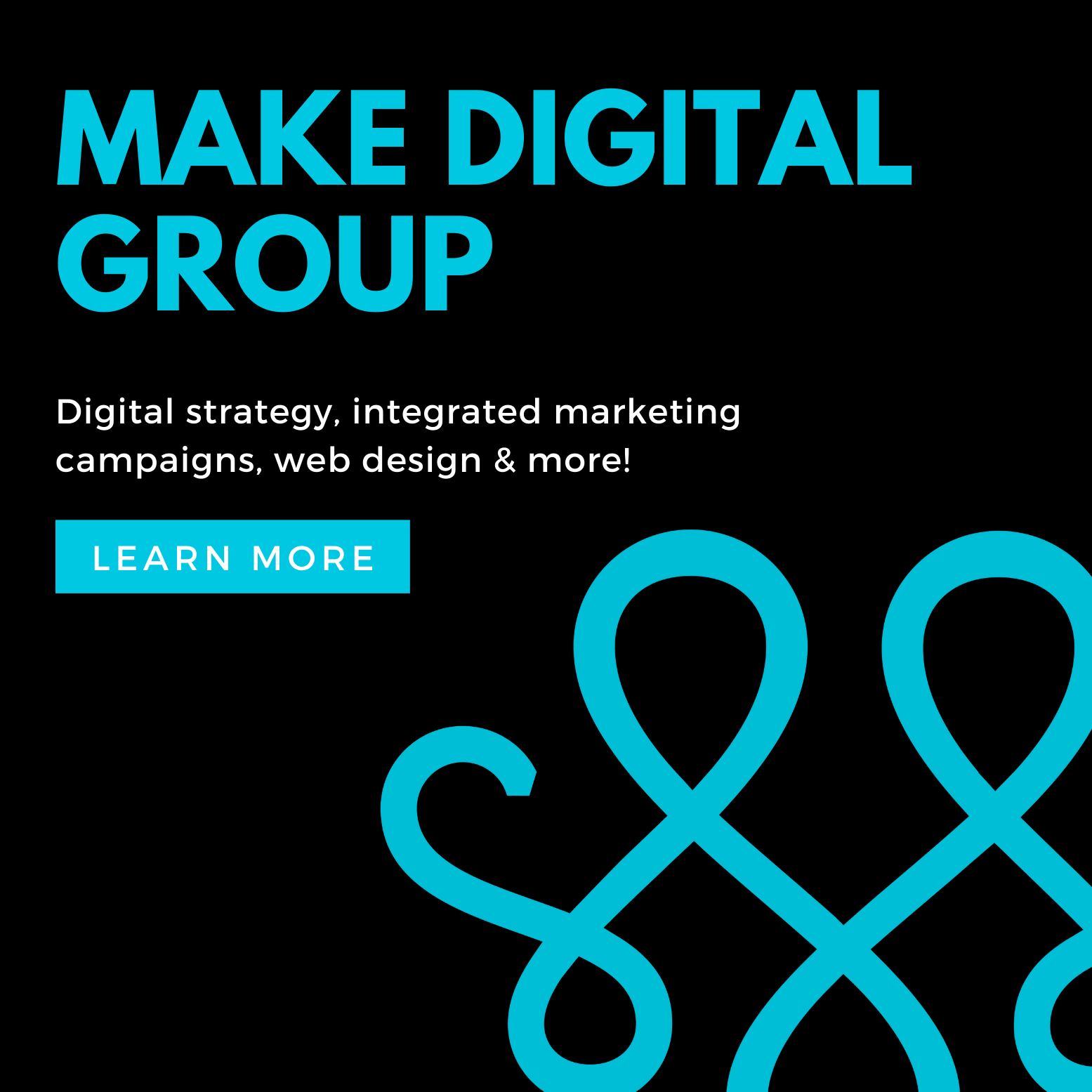If you don’t have a strategy to win over the biggest generation since the boomers, you could be missing a major opportunity.
They’re criticized, exalted, commonly misunderstood and meticulously analyzed.
They make up the largest single generation of young people ever, even bigger than the transformative Baby Boomers. Yet their real motivations and spending habits remain a mystery to many.
However you look at them, the 75 million to 80 million Americans known as Millennials—the generation between 19 and 35 years of age—mean money and maybe even survival to small businesses now and in the future.
“The likelihood is that they impact your business in some way, just because there are so many of them,” said business consultant Seena Sharp, owner of Sharp Market Intelligence and author of “Competitive Intelligence Advantage.” “And they spend money in different ways. You’ve got to figure out how to get them to spend it in your way with your business.”
So how can your business get and grow its piece of the Millennials market? Most of all, experts say, you must have an authentic message that brings value to Millennials as they have come to define it, often through the prism of public service.
“There’s a huge trend in their agenda to be more engaged in the community, to interact with brands and companies that have a goal beyond the bottom line,” said Julie Amor, whose Amor Consulting firm in Kansas City develops socially responsible business practices for local companies. “It becomes a brand-building strategy, because the brand of the organization is the brand that cares about the community. And that’s a draw for Millennials.”
Miss on that—or ignore the call to action—and your company will not only struggle to attract Millennials, but also non-Millennials who are increasingly influenced by the generation’s full embrace of digital technology and a far more holistic integration of work and personal life.
“I don’t want to sound brash, but it’s really ‘adapt or die,’” said Cheryl Cran, CEO of Evolutionary Business Solutions, who advises clients in such industries as technology, manufacturing, insurance and homebuilding. “It kind of is the new reality. The future of business is around engaging Millennials.
“You can push back all you like,” she said. “But, really, it’s about: Do you want to be in business five years from now? That’s how I look at it.”
TAKING THE LEAD
Lead Bank aims to befriend Millennials with its new Lead Exchange branch, which is scheduled to open next spring in the Crossroads Arts District.
Lead Exchange will have creative meeting spaces and tech solutions specifically geared to the Millennial- minded business customer, including video conferencing to help businesses connect with clients (even if it doesn’t involve a banker) and full online and mobile banking services, said Lead Bank vice chairman Joshua Rowland.
“What Millennials come to stand for is a whole change in the way that everyone increasingly views their life,” Rowland said. “Not with silos between ways in which they conduct their affairs, but with a very seamless set of connections between their digital lives, their work lives and their personal lives, and how they inhabit all of those spaces all of the time.
“So we don’t think of this as just serving a trend or a demographic group. We think that this is the way of the future, because everyone wants to be a Millennial in certain respects. They want to be adept. They want to be flexible, nimble, creative, energetic and innovative. And if we can establish that we serve Millennials, then we’re saying that we can serve a lot of people well.”
Meanwhile, other local companies have yet to define their relationship with the Millennial point of view, said Amor, who has discussed the topic in recent months with at least 20 CEOs in the Kansas City area.
“None of them feel like they have a strong social engagement strategy in place” for Millennials, Amor said. “Most companies are resistant to it. And the conversations I have with companies are really enlightening— they haven’t really thought about it that way. They would rather just continue to do things the way they’ve always done them: it’s worked before, let’s just keep going.”
That approach puts companies behind the Millennial curve, Amor said.
“Millennials are driving change, and companies are having to find ways to react to what Millennials want,” she said. “You hear the stereotypes of Millennials being difficult, that they don’t want to do this or that. But I don’t really think that’s true. I find that they’re extremely hardworking and loyal, when they find something to be loyal to.”
Small businesses that make a sincere effort to do the right thing can latch onto that loyalty, often by utilizing the tactics of big businesses, Sharp said. “Look for ideas that large companies are doing, and see how you can adapt them,” she said, pointing to Walgreens’ “Get a Shot, Give a Shot” campaign, which provides vaccinations for children in developing countries.
“A small business might say, ‘I can’t give one away for each one I sell, because I’d have to increase the price too much,’” Sharp said. “But you might use it as a model. Maybe you sell a product that people buy in multiples. If you’re a very local business, let’s say you’re selling soccer shoes. You could say, ‘If the whole team buys from our store, we will give three pair to players on the team who can’t afford it.
“But it must ring true. It must be authentic and transparent. Millennials have a very good BS meter. And if they sense at all that you are using it for publicity or for profit or for gain in any way, it will not work and it may backfire.”
‘HANGING OUT’ WITH MILLENNIALS
One of the first questions that Cran asks a company is, “Are you hanging out where the Millennials are hanging out?”
“Hanging out with a Millennial isn’t like the old networking that we used to do with Baby Boomers, where you’d go to an event and network,” Cran said. “It’s all opensource with Millennials. So hanging out where they hang out is on YouTube, on Twitter, on Instagram and posting content that’s relevant to them.”
If you’re running a restaurant or operating a business in the service industry, are you on Facebook? Doing promotional events? Well, you should be, Cran said, and in a way that’s aimed at Millennials.
Like the restaurant in Vancouver, Canada, that recently got on Cran’s Millennial radar for combining painting and eating.
“It’s called ‘Art and Dine,’” she said. “They’re attracting Millennials by saying, ‘Come and have dinner with us and you can paint, and you’ll leave with a painting.’ And the classes are led by local artists. That’s a very clever idea targeted to Millennials, because they don’t want to just go out for dinner. They want something different that they can take a picture or a video of and post on YouTube or Instagram, and say, ‘Look what I’m doing—I’m doing something cool.’”
While the Great Recession made Millennials more conservative in their spending habits, it didn’t make them price conscious, but instead more value conscious, Cran said.
“A Boomer or a traditionalist might be more price conscious,” she said. “But the Millennial is more about, ‘How much value can I get for my dollar? What are the added features?’
“This is a demographic that is constantly being told that they can have more, so they expect more. You will often find a Millennial saying, ‘So if I do this for you, what else do I get?’ From a business standpoint, rather than seeing that as negative, see it as how much value you can throw in.”
If a business is going to have success with Millennials, it’s also important to communicate as they do,
Cran said.
“You need to talk to them in a casual, equal-playing-field kind of way,” she said. “They want a relationship quickly, and they want a friendly sort of accessible relationship. Where Boomers and traditionalists were far more formal— you didn’t go over a supervisor’s head—for Millennials, it’s all about access. And they don’t really see hierarchy as a valid restriction. They see it as, ‘Whoever’s going to give me what I need is who I need to talk to.’”
MIND-BLOWING DATA
One of the keys to getting and keeping Millennials as customers is learning as much as possible about them by accessing available data. But all too often that isn’t happening, said Jeff Fromm, president of Kansas City marketing firm FutureCast and co-author of “Marketing to Millennials.”
“Most companies have the ability to make great decisions about Millennials and are not using new data that’s available to allow them to make better decisions—and that blows my mind,” Fromm said. “Big and small companies have access to the wealth of behavioral, social and customer data, and they use such a little amount of it, it is insanity.
“The challenge is not the expense of doing this for most companies, but rather they don’t think of these kinds of things. Or they don’t necessarily have staff people with the technical skills. So it’s not about how much money somebody has. It’s really about, ‘Wow, I would never have thought about appending social data at a household level to my advocates to get a better understanding of who I should target.’ Well, then you’d better engage somebody from the outside.”
For those willing to crunch data about Millennials from inside their own businesses, “it’s just a matter of deciding to figure it out,” Fromm said. “It’s like deciding, ‘I’m not going to hire a personal trainer, but I still need to go to the gym.’ So go to the gym.”


